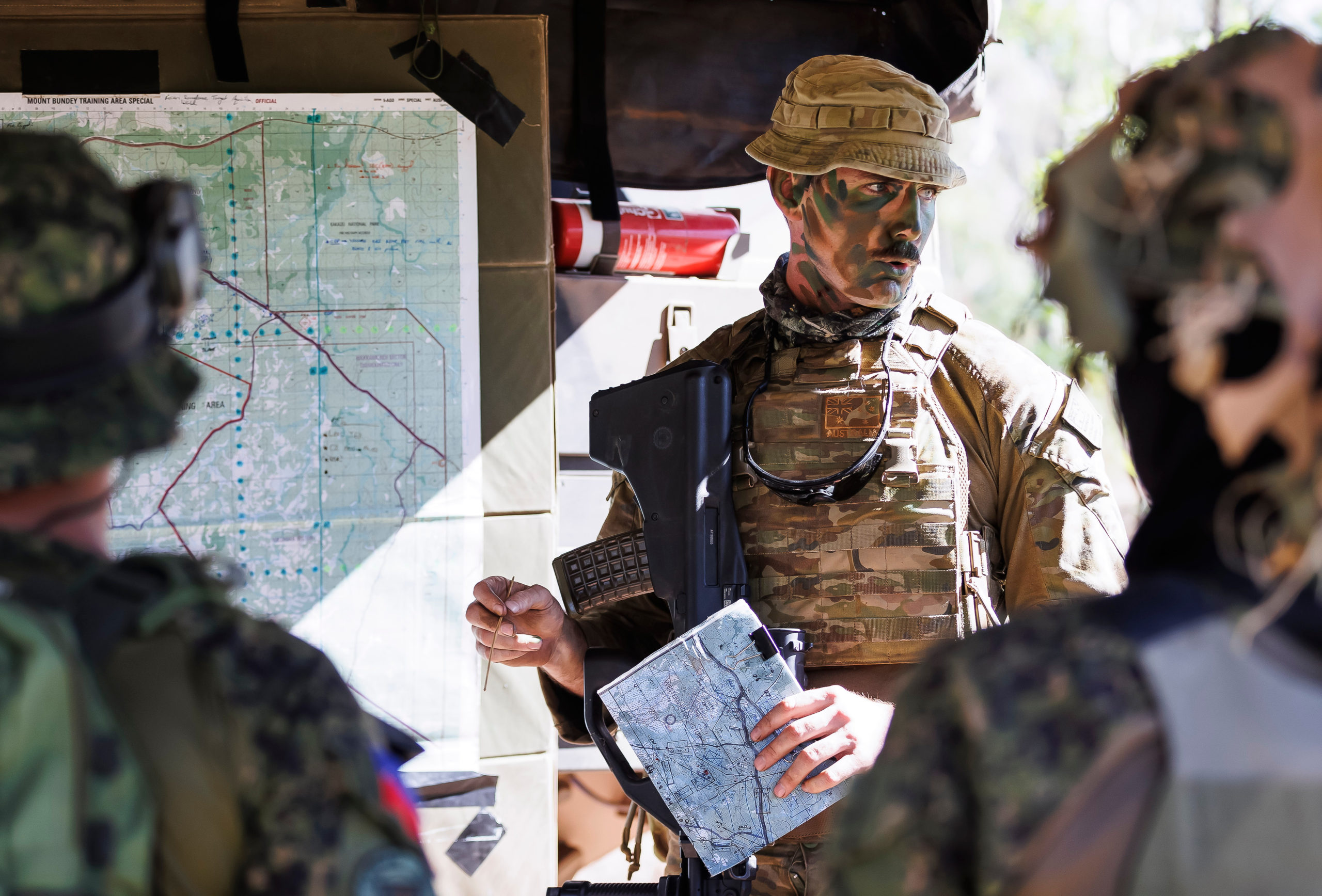Marching in to my first unit as a Lieutenant (LT) and Platoon Commander (PLCOMD), one of the first tasks I was told I should start was a ‘platoon commander’s notebook’ (or PCNB).
Fortunately, I had some mates from earlier cohorts send me through templates of what “a good PCNB should look like”. But these versions differed as many times as the number of LTs who thought they were doing me a favour.
Company and Battalion Headquarters had their own versions of PCNBs which we were directed to fill out to ensure a consistency of information captured across the organisation. But despite the endless metrics and questions we captured on our soldiers, I felt there was still information missing that I wanted to know of my people.
In this article, rather than describe what a PCNB should look like, I’ll offer some ideas for what it could look like – drawing on ideas from the corporate world, literature and proposing a new way for how PCNBs could be used to better inform command teams at every level.
The Purpose of the PCNB
The PCNB has been an important part of soldier management for decades. A 1986 edition of the Manual of Land Warfare described the PCNB’s importance as “allowing [the PLCOMD] to appreciate the capabilities and limitations of each [soldier]”. It also highlighted the continual process of the PCNBs, noting that “details should be entered [into the PCNB] as soon as the [soldier] joins the platoon, and comments added regularly”.
Examples of such details include basics such as a soldier’s name, next of kin, date of birth, religion, shoe size and blood group, as well as performance-based metrics such as details of the soldier’s posting history and qualifications. Observations of the soldier’s performance, including PT scorecards and ‘bush reports’ from field exercises, are an important part of PCNBs too.
Others have commented on what a makes good PCNB, describing a need to also capture a soldier’s short and long term goals. Some examples of publicly available templates can be found here.
The ‘Entry Interview’
Reviewing the list above, it is clear that to gather most of this information, a personal conversation with the solider is required. Even if this information is already captured and is merely being ‘handed over’ to you as the incoming PLCOMD, you should use your newcomer status as an opportunity to build a new understanding of your team that better reflects your relationship with your people, rather than a mere copy-paste of the last iteration.
For these reasons, ‘interviews’ with your team need to happen at the beginning of the relationship – not just around reporting season, when an issue occurs, or when someone leaves.
Such interviews are well documented in the civilian world too. Renowned Organisational Psychologist Adam Grant introduced readers to what he called the ‘Entry Interview’; rather than waiting till the end of an employee’s time at an organisation to conduct an ‘exit interview’ – which aims to find why they left or what could have been done to make them stay, an ‘entry interview’ would pre-empt this to better an organisation already.
Defence has a strong culture of exit interviews – linking discharging members and their families with a variety of services based upon their needs in the form of transition coaches and seminars. What if a similarly structured approach was applied to entry interviews, allowing us to pre-empt problems and missed opportunities for members before they leave our team?
The case for Entry Interviews
Entry interviews have two primary benefits. First, employees feel valued from day one, building stronger, more productive relationships with employees. Research by Wayne Boss indicates that when managers conduct these types of interviews, they build stronger, more productive relationships with employees. Other research suggests when employees feel valued by their managers, they are more willing to go above and beyond to contribute.
Second, managers gain valuable insights for motivating employees. Armed with knowledge from entry interviews, managers can design more meaningful jobs for employees and support them in modifying or “crafting” projects that are developmental and engaging.
What to include in Entry Interviews
While civilian literature recommends employees discuss their interests, values, preferences, knowledge, skills and career aspirations during these entry interviews, similar questions can be posed within the Army context:
- How would you like to grow within this platoon/company/battalion?
- What do you need from your Chain of Command in order to do your best work?
- What do you think we as a platoon/company/battalion are not doing, that you feel we should do?
- If you were in my position, what would you do differently with our organisation?
- Do you have the opportunity to do what you do best, every day?
- How would you like to be recognised for your achievements?
- How do you like to be given feedback for improvement?
- How do you define career success?
- What factors would likely lead to you discharging in the future?
Conclusion
While the PCNB is an important part of capturing what’s important about your team, it’s merely a tool. No flashy template or clever piece of software will help you lead your team if you don’t match these efforts with powerful conversations with your people.
Framing the PCNB through the lens of an Entry Interview, rather than merely collecting basic details of your people, you create new opportunities to better your team. Not only are you learning of new opportunities that you could be missing, you’re also telling your people that their thoughts matter, exploring development opportunities, and building a work environment where all members feel safe in experimenting new ideas – things that are good for the whole of the organisation.

